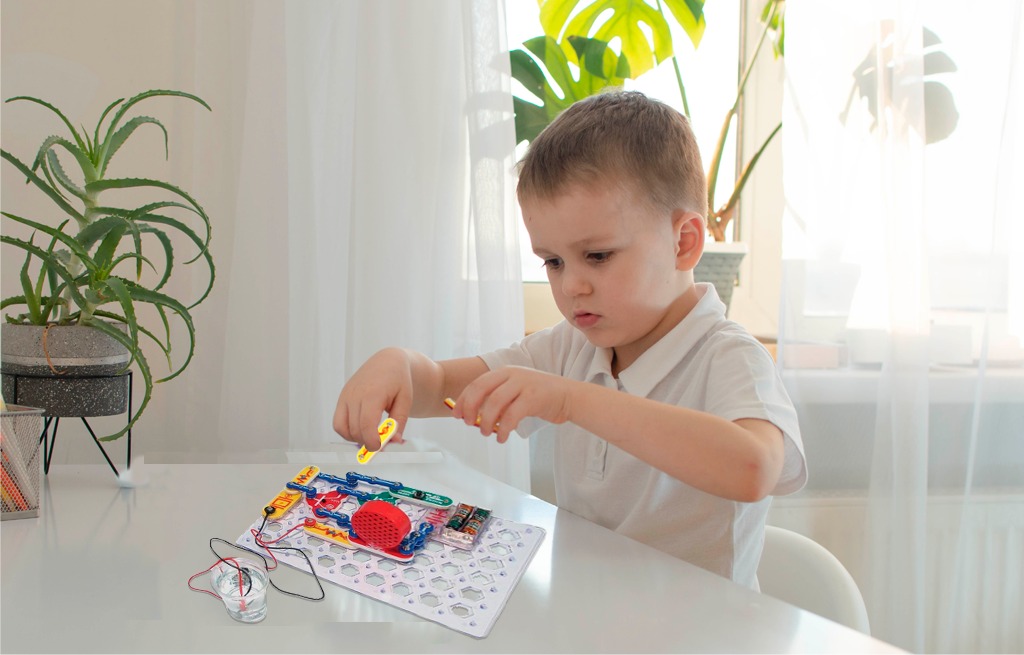
About This Project
Learn about the basic working of a water alarm. When the water level rises to a particular level, the water alarm detector raises the alarm.
Project Info
- Difficulty: Beginner
- Estimated Time: 30 minutes
- Category: Snap Circuit
- Tags: Water Alarm Detector, Alarm Detector
Introduction
Water detector is an electronic device that is designed to detect the presence of water to provide an alert in time to allow the prevention of water overflow.
Project: What Is Water Alarm Detector And How It Works?
Now that we have a clear understanding of the project and the components used, let’s start the project.
Components Required
| Image | Component | Quantity |
|---|---|---|
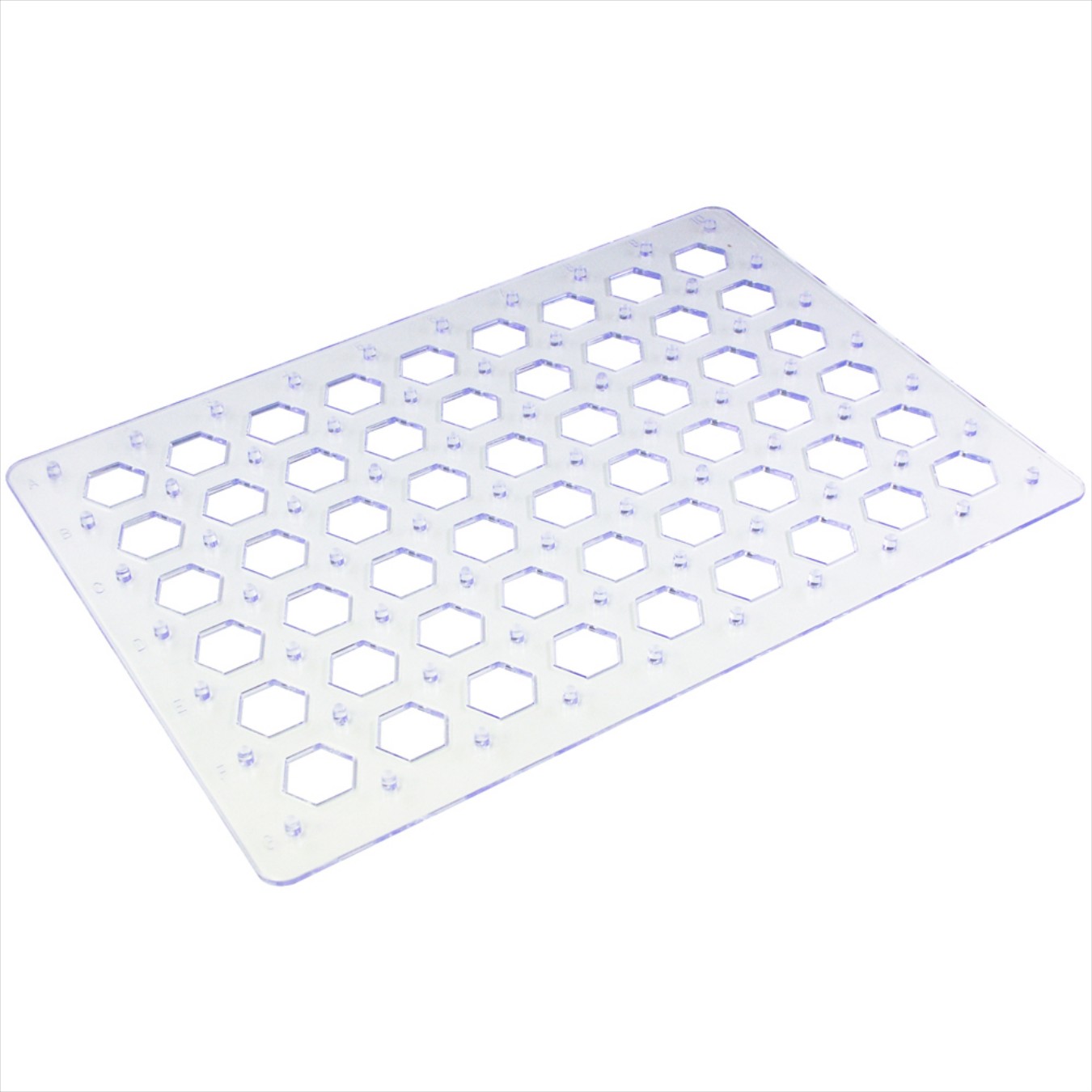 |
Base Grid | 1 |
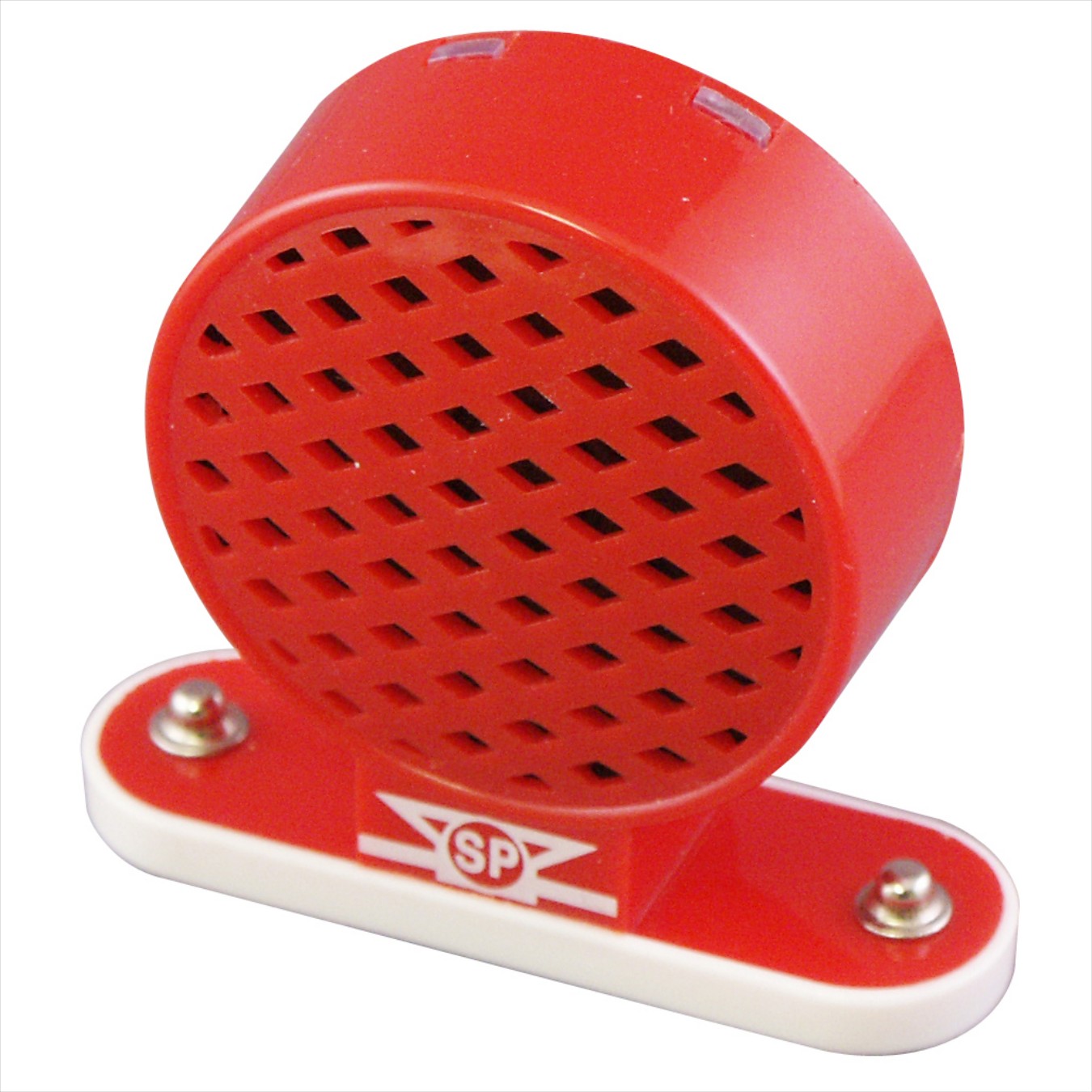 |
Speaker | 1 |
 |
Battery Holder | 1 |
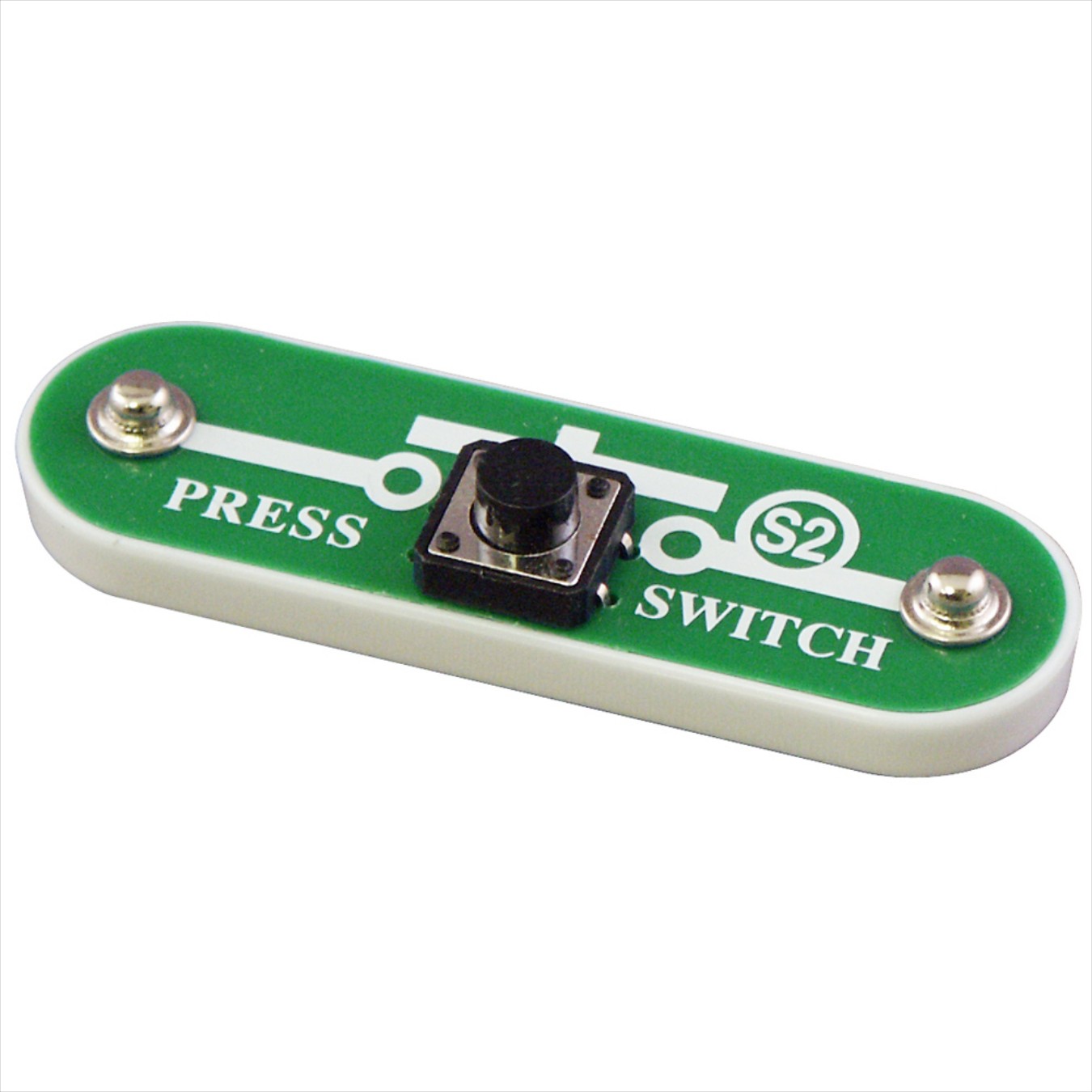 |
Switch | 1 |
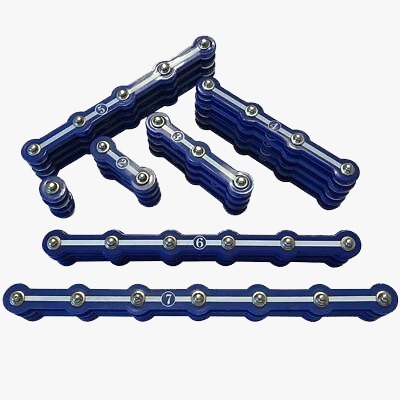 |
Snap Wires | As Per Required |
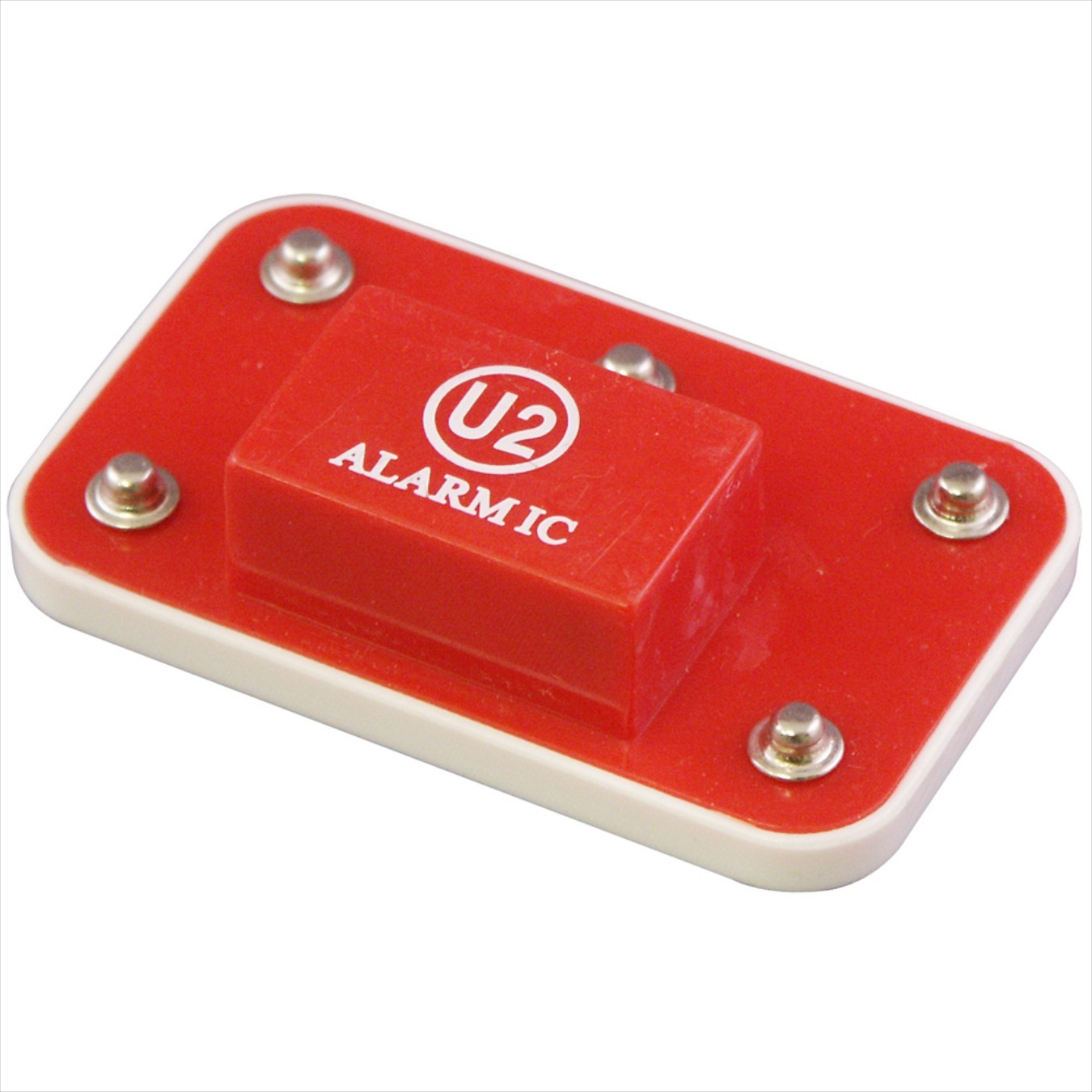 |
Alarm IC | 1 |
 |
Jumper Wire | 1 |
 |
Glass of water | 1 |
Overview Of The Components Used
- Base Grid: The base grid works like the printed circuit boards found in most Electronic products.It is a platform that is used to mount the parts and wires for circuit building.
- Speaker: The speaker (SP) is a device that converts electricity into sound. It does this by using the energy of a changing electrical signal to create mechanical vibrations that create variations in air pressure to travel across the room.
- Integrated Circuit: Integrated circuits (ICs) like U1, U2, and U3 in Snap Circuits are the modules used in making the electronic circuits.
- Snap Wires: The blue snap wires are the wires used to connect one component with another component. These wires are used to transport electricity. Snap wires come in different lengths so that the orderly arrangement of connections can be made on the base grid. These wires have numbers 1,2, 3, 4, 5 on them depending on the length of the wire connection required.
- Batteries: Only 1.5V AA type, alkaline batteries should be used for the project. You should insert batteries with the correct polarity. The batteries are non-rechargeable and should not be recharged. Check for old and new batteries, you should not mix the old and new batteries.
- Switch: There are two green-coloured switch blocks in the kit with the name Slide Switch and Press Switch.
- (i) The slide switch (S1) connects (ON) or disconnects (OFF) the wires in a circuit. When ON, it has no effect on circuit performance.
- (ii) The press switch (S2) connects (pressed) or disconnects (not pressed) the wires in a circuit, just like the slide switch does.
Building Guide
Step 1: Place the snap circuit base grid on the floor or on the table
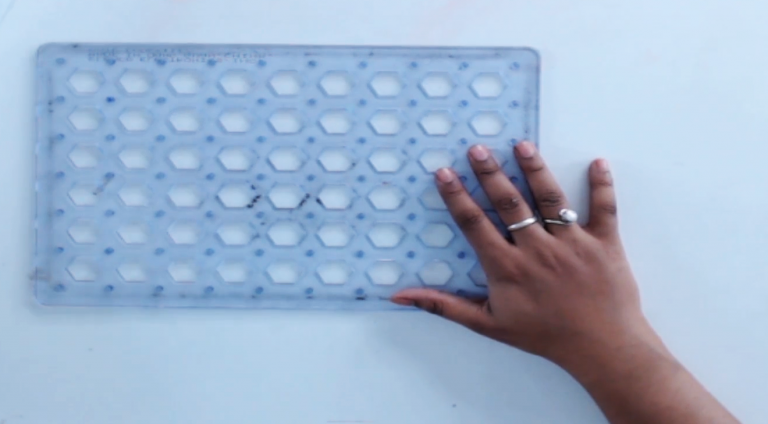
Step 2: Get ready with all the required components from the snap circuit box and make the connections as shown below:
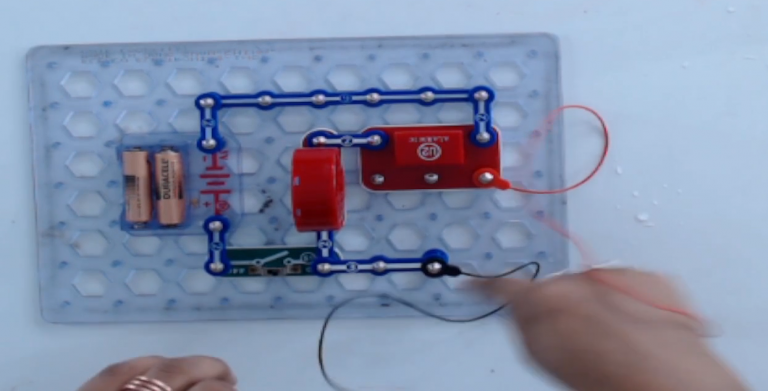
Step 3: Test the circuit by joining the two leads together. If the alarm starts alarming, the circuit is perfect and ready to use. And if the alarm is not alarming then, check the circuit if there is a loose connection. The picture is displayed below:
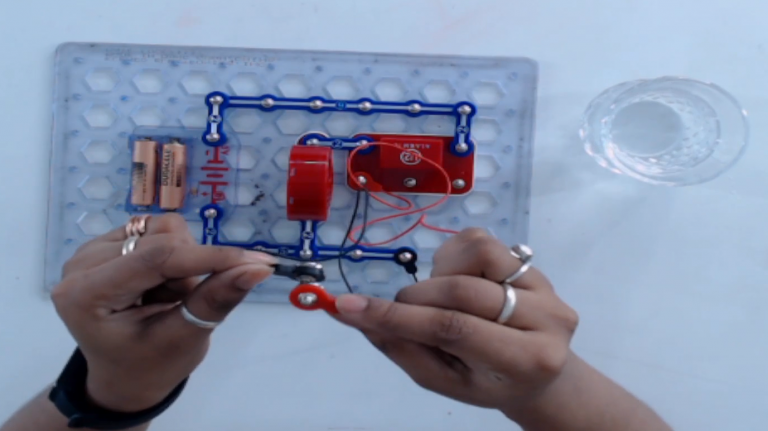
Step 4: Put the two leads into the glass filled with water. Now, we can hear the sound of the alarm telling us that the water is full.
Note: The Water Alarm Detector circuit can be used in the water tank to avoid water overflow.
In this project, we learned about the water alarm detector and its working. Hope you enjoyed the project.

